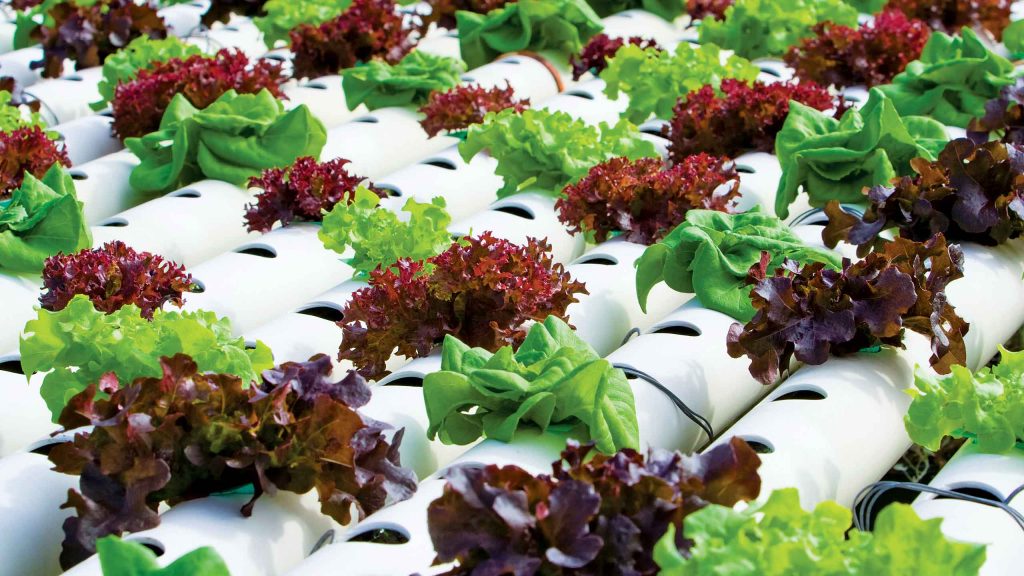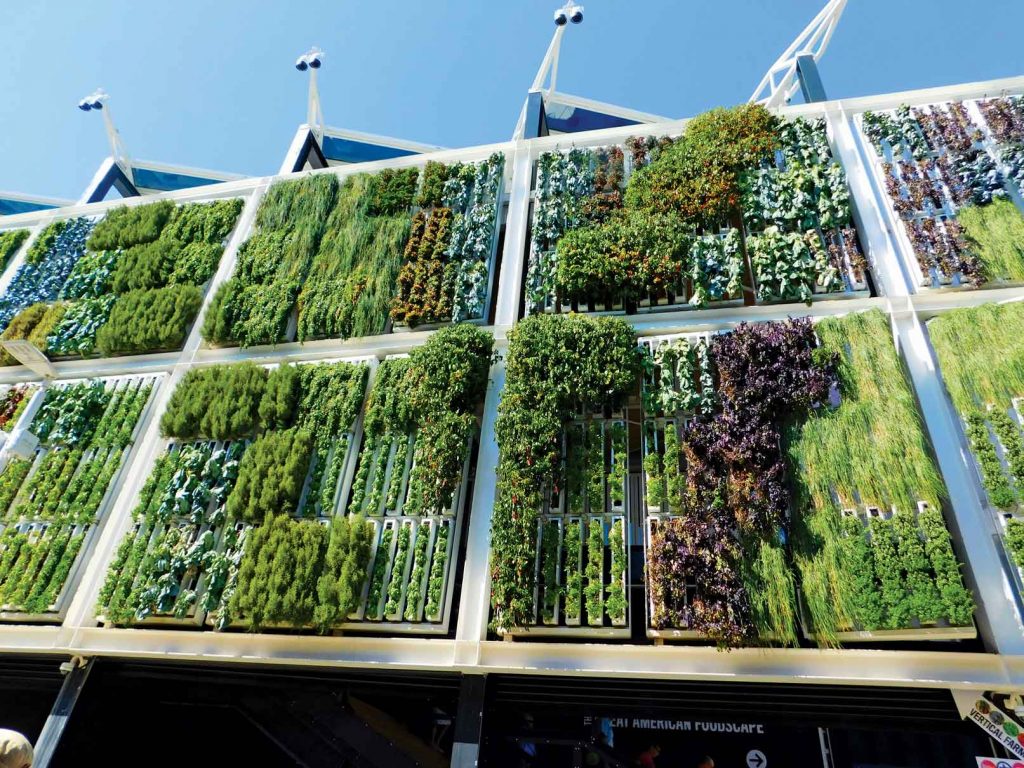Hydroponics: The Art of Growing Plants Without Soil
The term hydroponics was introduced officially in 1937 by William Frederick Gericke of California University, in a publication on the renowned magazine Science, where it is defined etymologically from the Greek hydro, that means water, and ponos, which means work, a term that covers all the cultivation forms without soil 1.
This is how the horizon of this technology and its development appeared, stimulated thanks to the expectations and needs that were generated by the 20th century’s Green Revolution.
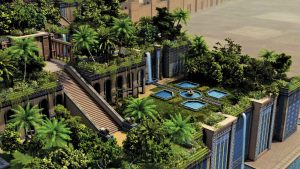
Representation of the ancient city Babylon.
Currently, we define it as an agricultural culture system, where the roots are irrigated constantly or submerged in water that has enough oxygen, a defined and specific proportion of nutrients, and also a physical support of different kinds, it can be organic as coconut fiber or some peat moss; synthetic as foams or porous resins; and inorganic as rock wool, sands or mica 2.
Thanks to this, one of the most notorious advantages of hydroponics is the considerable reduction in the usage of water, fertilizers, pesticides and other agrochemicals, making it a remarkably eco-friendly system; which in consequence is beneficial for the health of consumers that eat from these products.
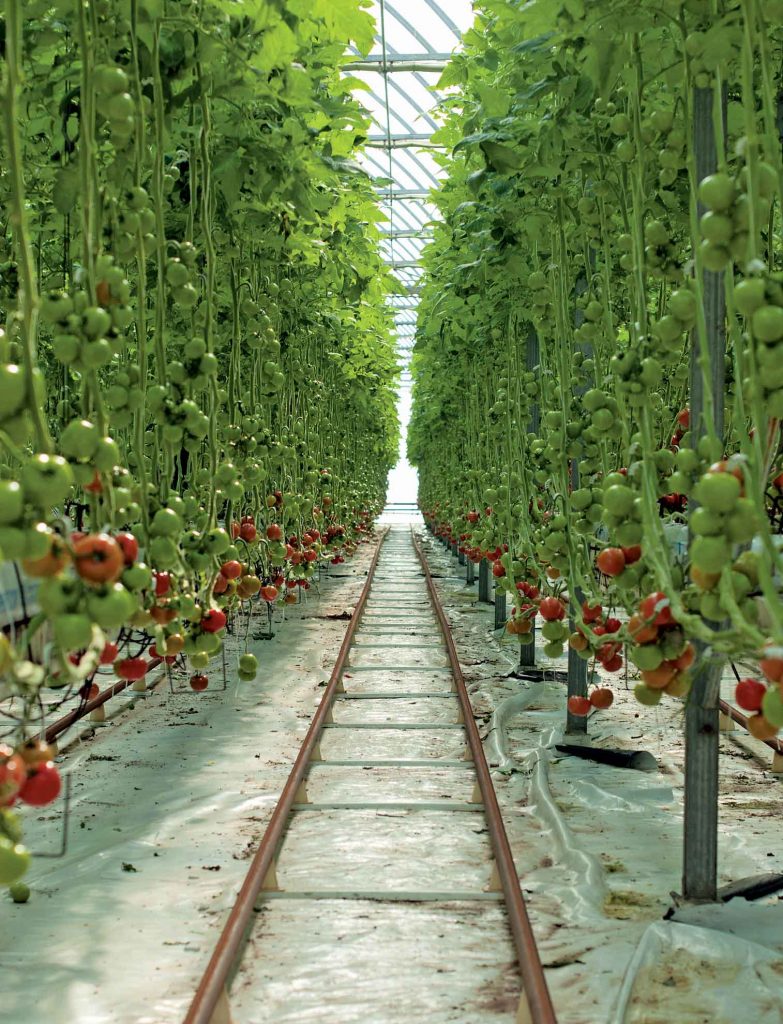
La técnica de cultivo hidropónico se elige en base a la escala de la producción y el tipo de vegetal.
At the same time, it is a highly productive practice due to the reduction of the plant’s life cycle, and that the species require less space, also it is possible to have a higher vegetable density in different scales, which can vary in size: from a small green roof in our apartment to the hectares dedicated to intensive production for big companies..
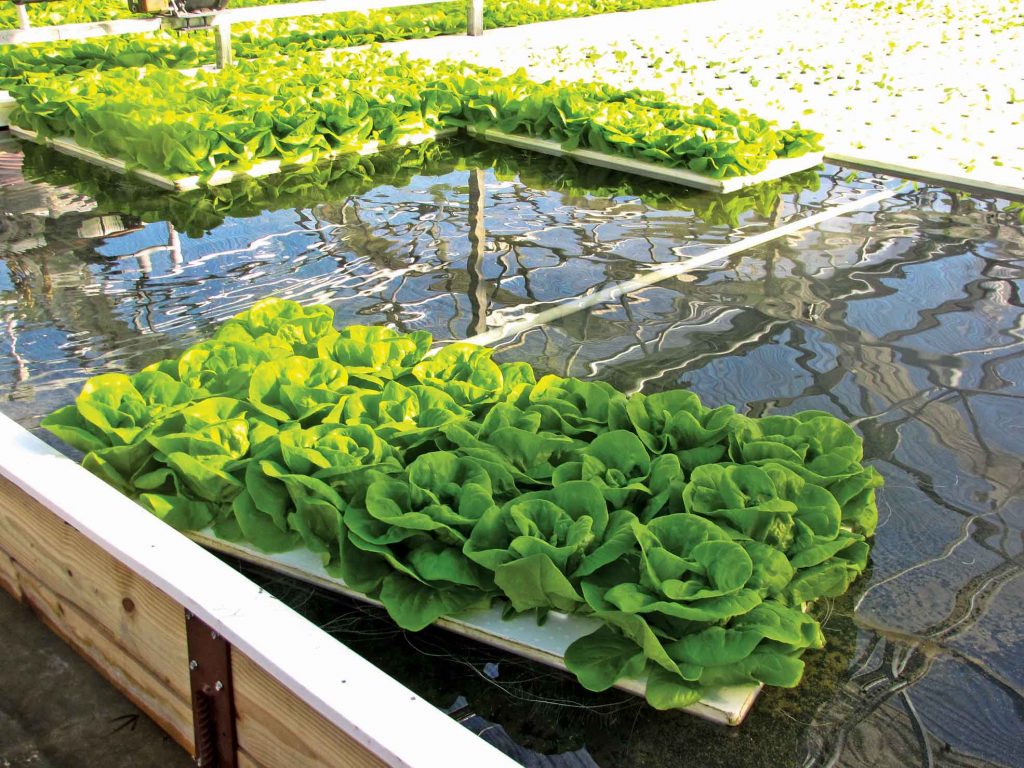
Photography: citycrop.io
There are many variants of this kind of technique, it can be done in pools where the roots are submerged; in gutters that contain a thin layer which gets irrigated, and in beds or blocks of the substrate containing a tube system for irrigation.
Due to the goodness of this system for vegetable cultivation, it has been added to alternatives for new landscape developments, like green walls and green roofs or little urban gardens.
In this case, the priority is to define what is going to be cultivated (for landscaping or nourishment purposes), because by knowing that, we can determine how to use best the nutrients, water, and the type of structure (substrates, systems, etc.), and therefore the required investment.
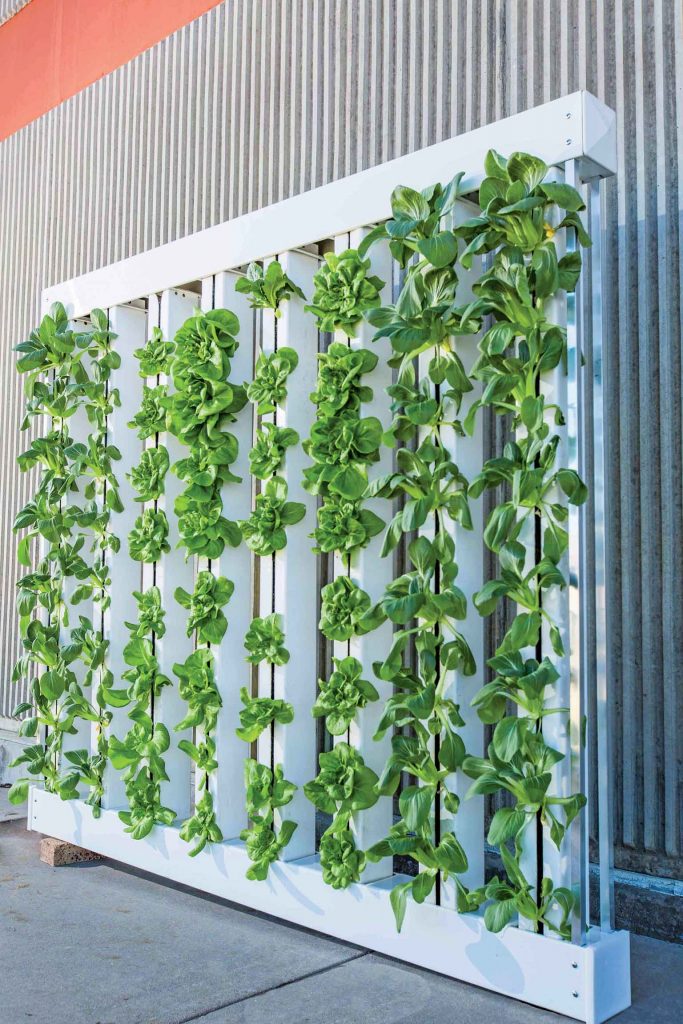
This system can adapt to vertical gardens, in a large scale (up) or in a small vertical garden (down).
Besides, there has been a development of techniques like aereoponics and acuaponics, the first is a new system made of towers with holes where the plants are introduced and the roots are left “floating” until they are sprayed with water and nutrients; the second case is based on the use of organic waste produced by fishes which can cover the nutrition of plants that are placed inside annexed pools 2. Both systems are innovative in the sense of space utilization, and because they align with the principles of organic productive practices.
The versatility of hydroponics has revolutionized the way we see agriculture, food production and design of green spaces, so we can predict that the coming years are quite promising for this art of cultivating without soil, weather is done on a city wall or in an intensive production greenhouse.
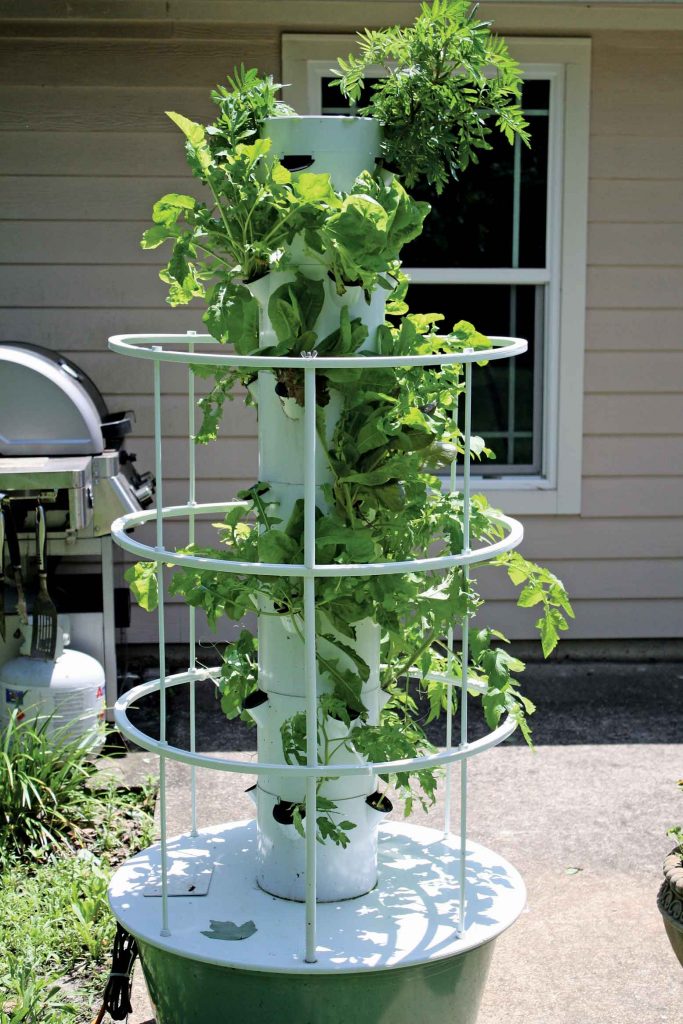
Photography: ballisticshutterbug.wordpress.com 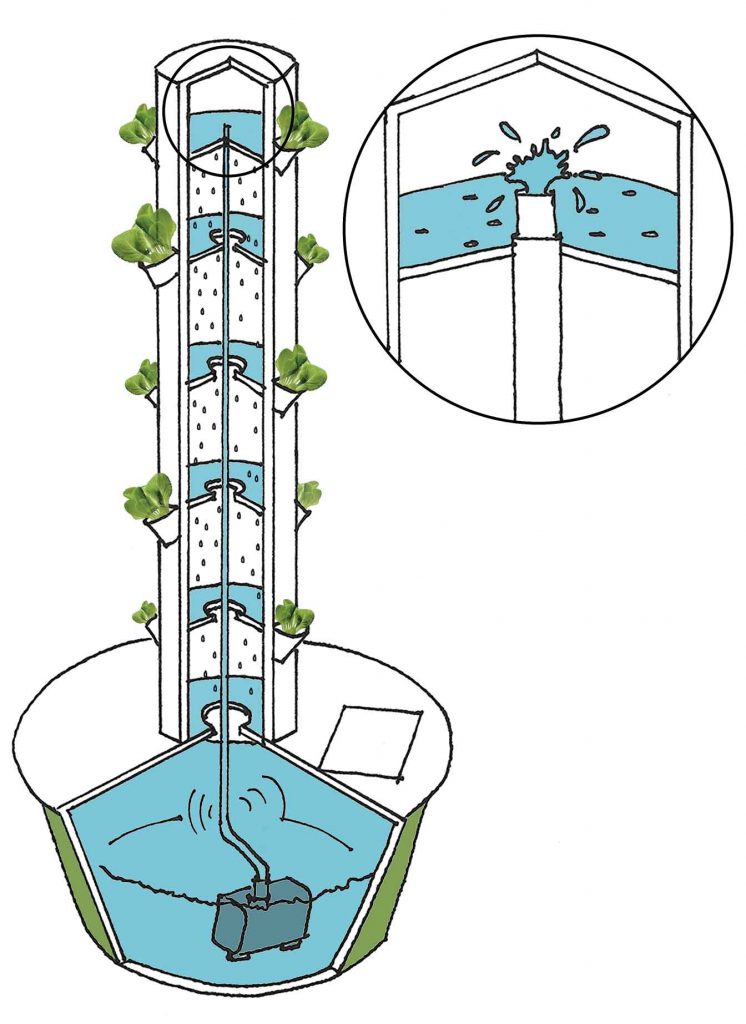
Cultivation and functioning of aereoponic Tower Garden. llustration: Molino Lab
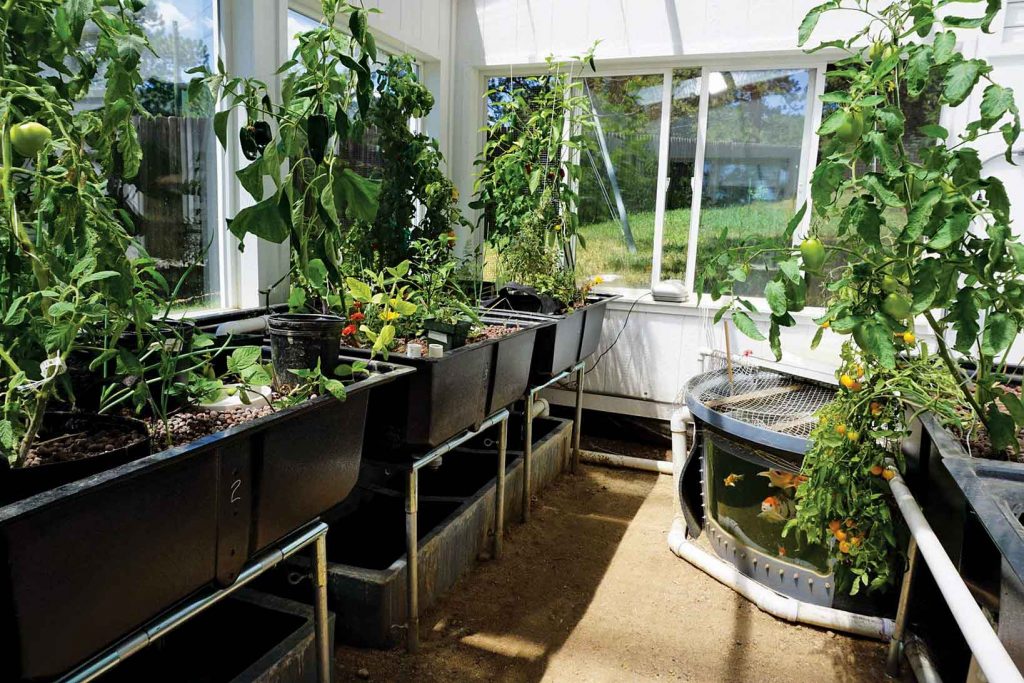
Fotografía: hortidaily.com 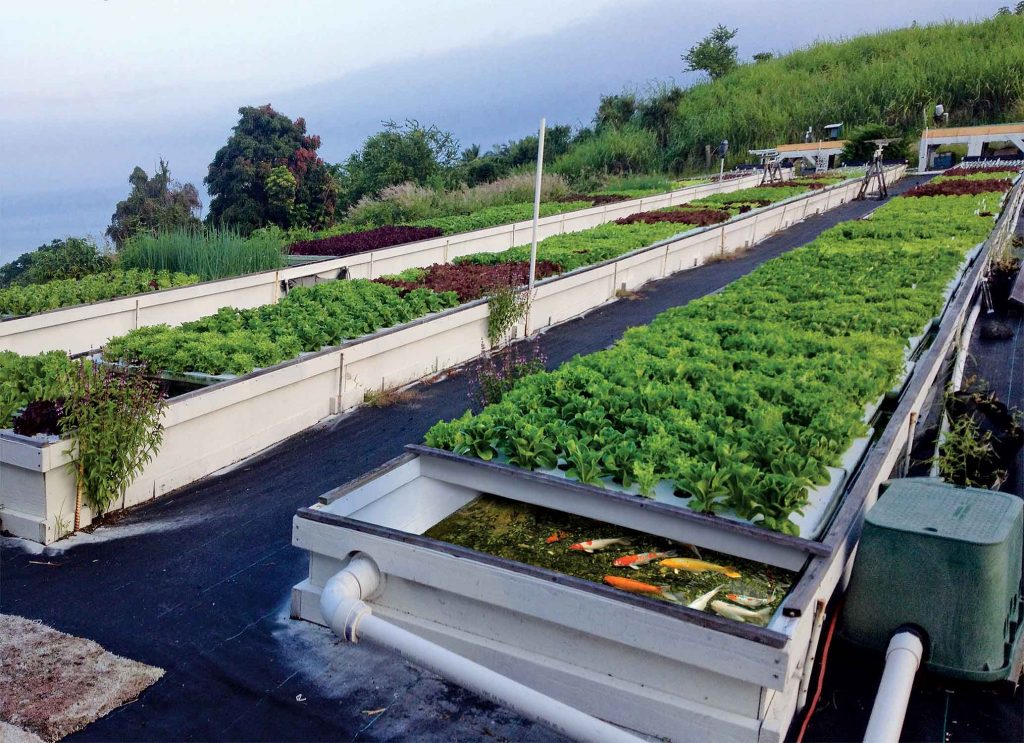
Aquaponic cultivation of vegetables.
1 Gericke WF. 1937. Hydroponics – Crop production in liquid culture media. Science, 85(2198):177-8.
2 Benton J. 2005. Hydroponics a practical guide for soilless grower. CRC Press.
3 http://www.prnewswire.com/news-releases/growth-in-the-hydroponics-food-industry-set-to-outpace-global-markets-by-80-241264701.html


